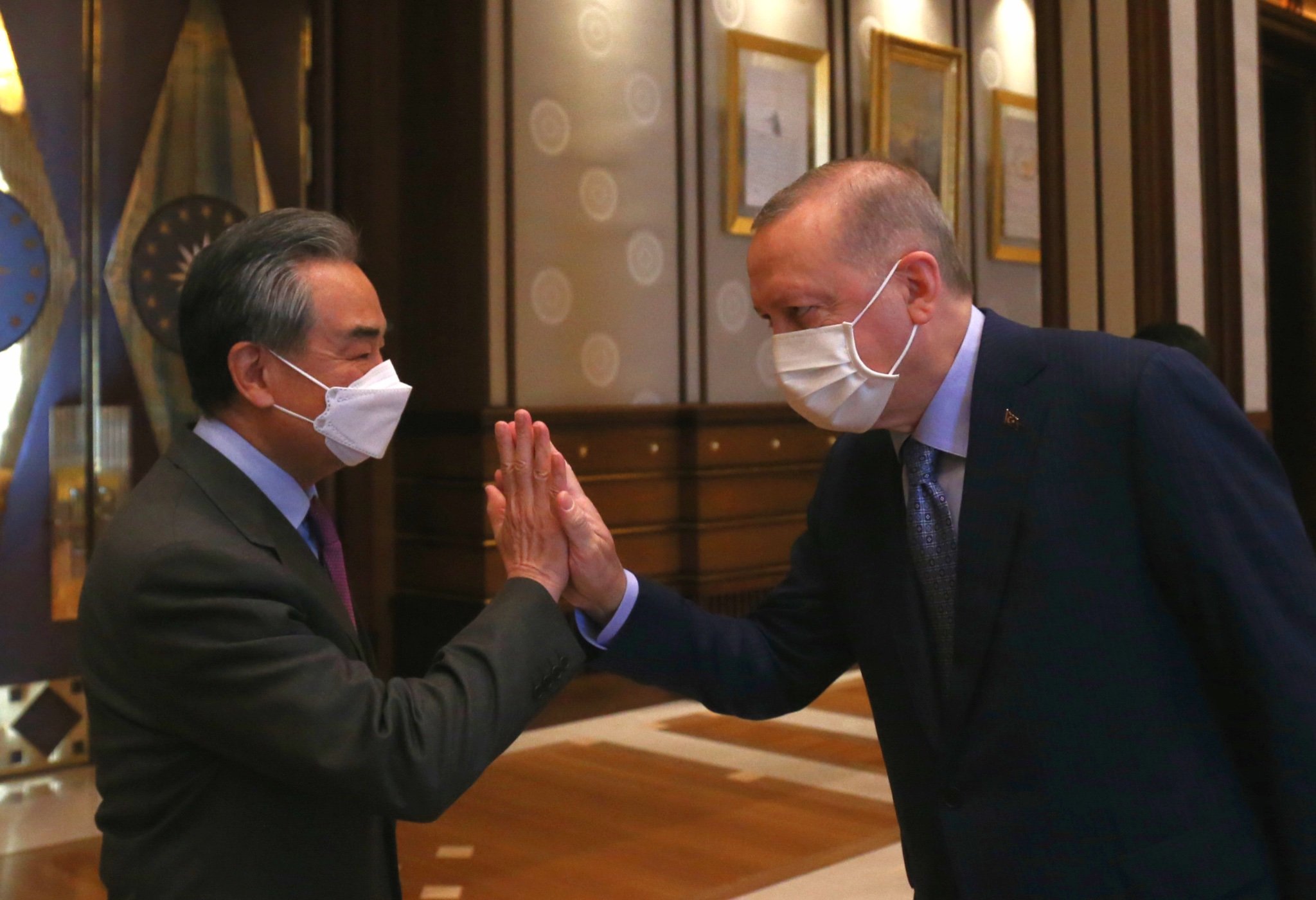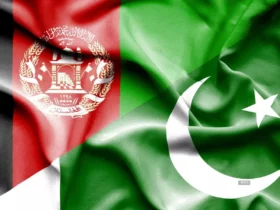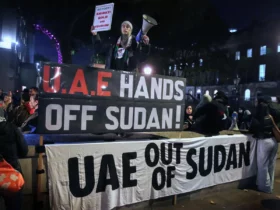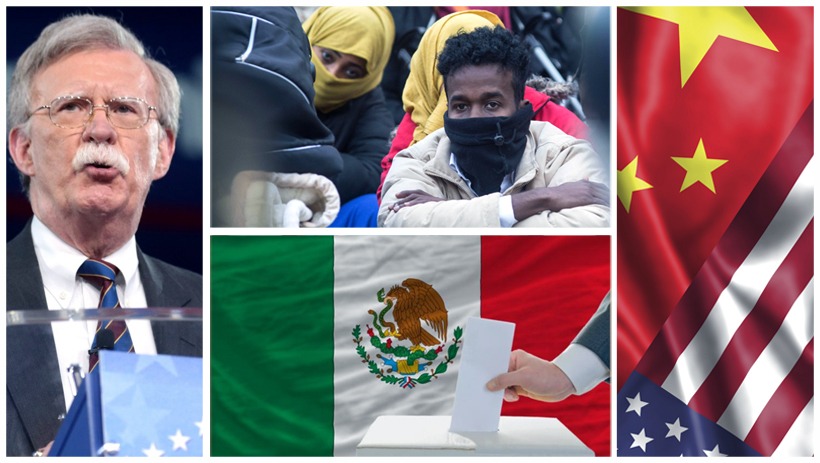Embracing Decentralization towards a Green Future
Embracing Decentralization towards a Green Future
By Mehmet Enes Beşer
The regional energy giant of Southeast Asia, Indonesia, is at the crossroads of its energy future. Its history of dependency on fossil fuels led by coal has driven economic development at the cost of environmental degradation and escalating greenhouse gas emissions. In answer to global climate imperatives, not to mention domestic energy needs, Indonesia is shifting towards renewable energy. At its heart is a visionary concept of a decentralized energy transition, a process of access to sustainability, equity, and resilience.
The Requirement for Decentralization
Decentralized energy model would imply decentralizing the production of energy to various locations, utilizing local resources, and involving the communities so that they would be directly linked to power generation and control. This differs from the traditional centralized system where electricity is generated through mammoth power plants and mammoth transmission lines. Decentralization not only becomes possible for Indonesia but also a requirement of its geographical and socio-economic uniqueness.
Geographical Dispersion and Energy Access
With Indonesia’s geographical location in the form of an archipelago of over 17,000 islands, an energy masterplan becomes hard to centrally plan. Village and rural communities situated away from the cities get out of reach for the national grid, and the availability of electricity becomes scarce or zero. Decentralized renewable energy technologies in the form of solar photovoltaics, micro-hydro, and wind can be localized to become part of the environment, with relentless and ongoing electric supply to off-grid villages. Consider the example of such local-level renewable energy initiatives in Eastern Indonesia, which demonstrated that energy at the local level could be a strong driver to increase energy access and spur economic growth.
Economic Resilience and Local Empowerment
Decentralization also strengthens locals by transferring power to them through involvement in energy planning, implementation, and management. Participatory process promotes ownership, enhances the sustainability of energy programs, and provides energy to local economies through job creation and capacity building. One good example is the “Mothers of Light” program of Nusantara Development Initiatives, where rural women are enabled to become solar lamp entrepreneurs and hence end energy poverty and enable women simultaneously.
Environmental Sustainability
Decentralized renewable energy infrastructure is better than shifting to, since it allows for environmental conservation. Power generation close to where the generation is taking place prevents land use change across vast areas and minimizes transmission loss and thus makes the use of energy efficient and cleaner. One should, however, be cautious such that the drive for renewable energy should not unintentionally level natural habitat. For example, heightened global demand for biomass has led to Indonesia losing forests, and that is an indication that green resource utilization matters.
Policy Institutions and Institutional Support
A successful decentralized energy transition also relies on powerful policy institutions and institutional backing. Indonesia’s accession to the Just Energy Transition Partnership (JETP), a $20-billion decarbonization deal to shift its coal-based economy, is a step-by-step move to embracing renewable energy sources. The partnership will be working towards net-zero electricity generation by 2050, which is the government’s shift to an energy future that is sustainable.
Challenges and Considerations
There are definite benefits, but there also exist some challenges that must be taken into consideration in an attempt to realize a decentralized energy revolution:
- Economic and Technological Barriers: Initial capital outlays on first-time launches of renewable machinery are not necessarily within reach of nearby communities. Funding institutions, technical assistance, and maintenance personnel must be provided for in order to enable decentralized systems to take and remain in existence.
- Policy and Regulatory Harmonization: Decentralized energy projects are promoted through policies, which must be harmonized. Simplifying the granting of permits, providing incentives, and providing clearly defined regulation can incentivize investment and participation in renewable energy activities.
- Local Community Involvement and Institution Building: The locals must be trained and educated to operate and maintain the energy grids for long-term sustainable development. Direct people’s involvement and their appropriation guarantee the success of the program.
Conclusion: Building the Way Forward
Indonesia’s journey towards a decentralized energy transition is a journey to a sustainable, inclusive, and resilient future. Unlocking its quality renewable resources and enabling bottom-up societies, Indonesia can redesign its energy future to the 21st-century challenge and opportunity. It requires an integrated action of government, private sector, and civil society in order to break through existing bottlenecks and unleash the full potential of decentralized energy systems. In doing so, Indonesia can serve as an example for other nations that are currently grappling with the issue of energy transitions and demonstrate that decentralization not only is possible but rather a step in the right direction towards equitable and sustainable development.

















Leave a Reply